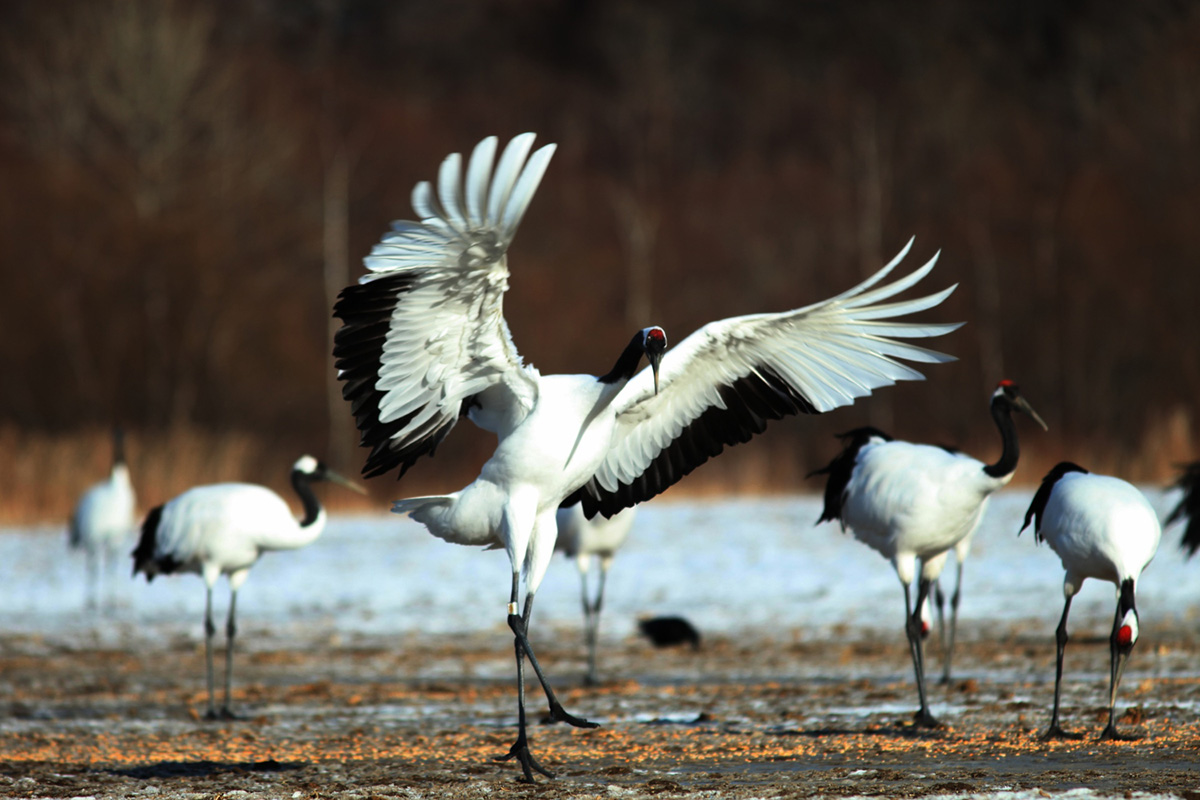All About Sandhill Cranes



If you are someone who loves watching birds or merely interested in learning about them, you must have come across the magnificent Sandhill Cranes. These iconic birds are a sight to behold and never fail to mesmerize anyone who comes across them. Sandhill cranes are typically found in North America but have been spotted in many other parts of the world as well. They are known for their unique vocalizations, appearance, and grand stature. In this blog, we will take a closer look at these birds and learn more about their behavior, habitats, and ecology.
Sandhill cranes are one of the largest birds in North America, standing at about 3-4 feet tall and having a wingspan of 6-7 feet. They are known for their distinctive red forehead, long legs, and grey body. The males are slightly larger and have a brighter red forehead. The juveniles, on the other hand, have a rust-colored forehead and a more cinnamon-colored appearance. It is fascinating to note that Sandhill cranes are the only species of cranes that have bare red skin on their heads.
Sandhill cranes are known for their elaborate courtship dances and vocalizations. They are intelligent birds and mate for life. They also have a complex social hierarchy. These birds can often be seen dancing, jumping, bowing, and flapping their wings, especially during the breeding season. Sandhill cranes are also known for their unique unison calls, which sound like trumpets. They have over a dozen different calls, used for different purposes like communication, territorial defense, and keeping in touch with their young ones.
Sandhill cranes are known to inhabit wetland ecosystems and agricultural fields. They have a vast range that extends from Alaska to Florida and from Canada to Mexico. They are migratory birds that travel long distances every year, moving from their breeding grounds in the north to their wintering grounds further south. They are often seen flying in a V-shape formation during migration, which helps them conserve energy and maintain communication with each other.
Sandhill cranes are omnivorous and feed on a variety of foods like small mammals, insects, snakes, snails, and berries. They are critical species in wetland ecosystems and play an essential role in seed dispersal and nutrient cycling. They also help control populations of insects and small animals that can be detrimental to the ecosystem's health. Due to their large size and unique vocalizations, they have a cultural significance among many indigenous populations and are considered sacred in many communities.
In conclusion, we hope this brief introduction to Sandhill cranes has taught you something new about these amazing birds. They are a significant symbol of biodiversity in North America and play an essential role in the ecology of wetlands. Their unique courtship dances and calls make them an interesting subject for birdwatchers and photographers. If you're looking for airboat rides in Orlando, FL, make sure to book an airboat ride with Switchgrass Outfitters to catch a glimpse of these majestic birds in their natural habitat.